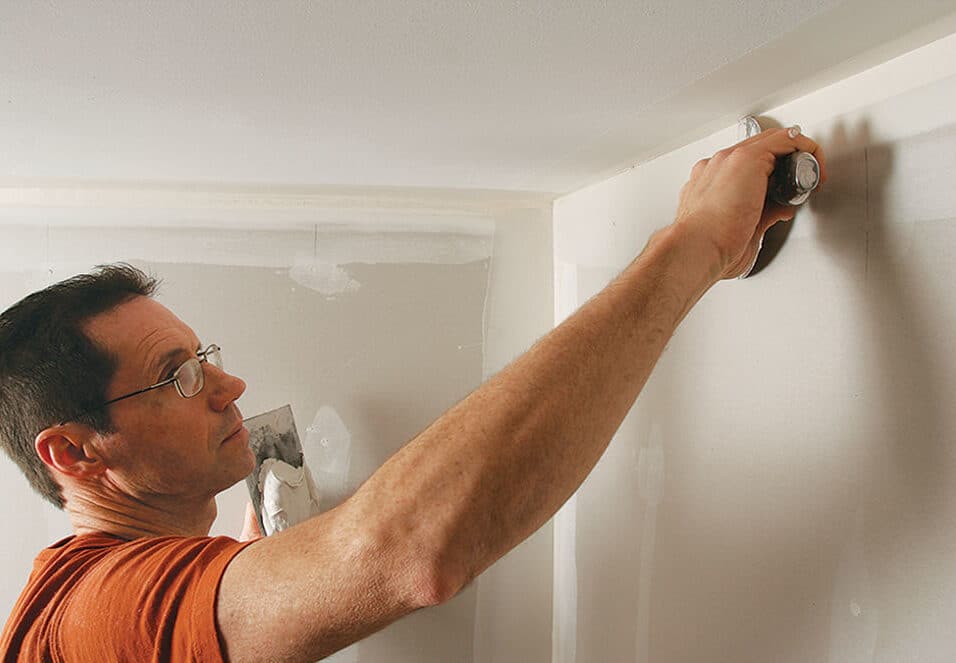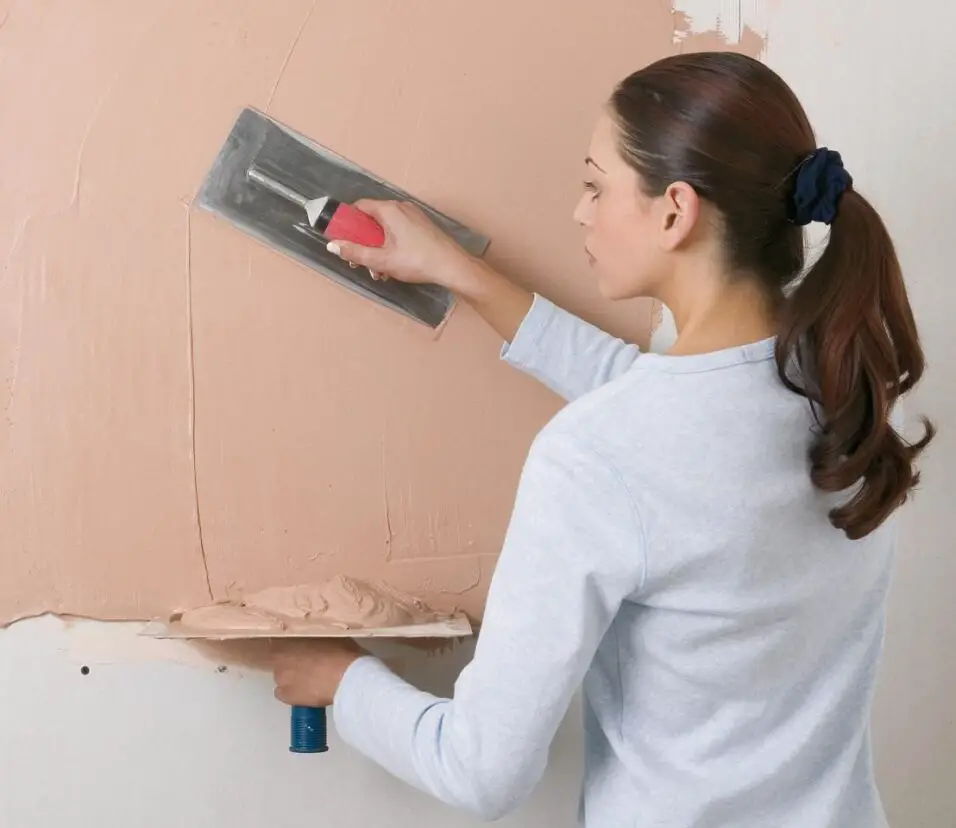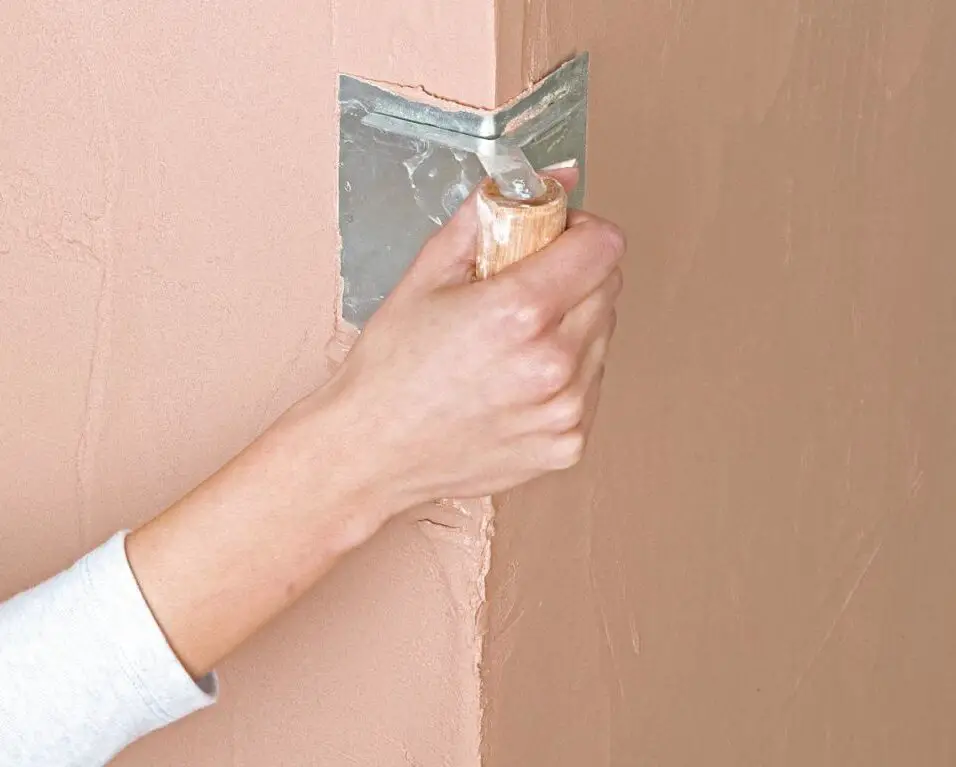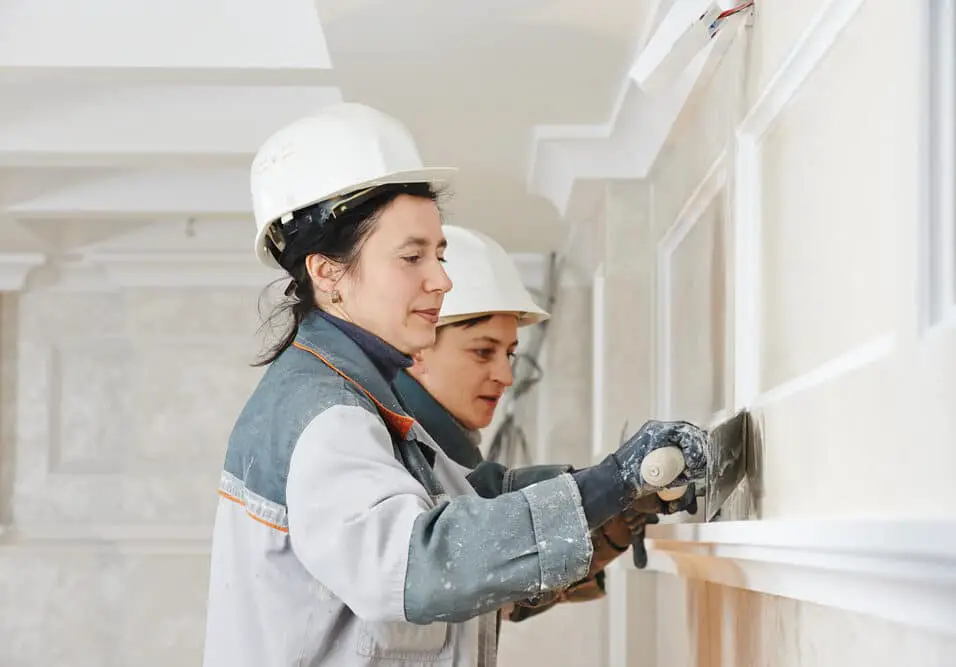How To Decorate With Wood Panel Walls
Introduction
How To Decorate With Wood Panel Walls: Whether adorning a cozy cabin retreat or gracing the walls of a modern urban loft, the art of decorating with wood panel walls has experienced a renaissance, captivating interior enthusiasts and designers alike. This guide will serve as your compass in navigating the realm of wood panel wall decor, offering insights and inspiration to transform any space into a captivating masterpiece.
Wood panel walls have transcended their historical connotations to emerge as versatile canvases for personal expression. From the warmth of traditional hardwoods that exude comfort, to sleek and innovative designs that harmonize with minimalist aesthetics, the possibilities are as boundless as your imagination. Our comprehensive guide will unravel an array of techniques, styles, and considerations to harmonize wood paneling walls with your desired ambiance.
We provide expert advise, practical insights, and a wealth of design ideas to help you make visionary decisions. This guide will help you build a warm cabin, an artistic setting, or a backdrop that blends the old and contemporary. Let wood panel walls inspire your creativity and provide life to your living spaces.

How do you make a wood panel wall look good?
How to Make Wood Paneling Look More Modern
APPLY SOME PAINT. For an easy, quick update to your wood paneling, add a fresh coat of paint.
CREATE A GEOMETRIC PATTERN.
WHITEWASH YOUR WOOD. …
INSTALL PANELING ON THE CEILING.
TRY SHIPLAP.
MIX AND MATCH COLORS.
ADD TEXTURE.
INSTALL WAINSCOTTING.
Transforming a wood panel wall into a visually appealing focal point involves a combination of design choices, textures, and complementary elements. Here are several strategies to elevate the aesthetic of a wood panel wall:
Paint or Stain Selection: A well-chosen paint or stain can drastically alter the appearance of wood panels. Lighter shades like soft whites or pastels can create an airy and modern ambiance, while darker tones can provide a cozy, traditional feel. Alternatively, opting for a natural wood stain can highlight the organic beauty of the wood’s grain.
Contrast and Balance: Introduce contrast by pairing the wood panel wall with furnishings and decor that contrast its texture. Crisp, contemporary furniture or metallic accents can offset the warmth of the wood, creating a harmonious balance between rustic and modern aesthetics.
Strategic Lighting: Proper lighting can accentuate the wood’s texture and color. Use ambient and accent lighting to create visual depth and shadows that highlight the paneling’s details. Wall sconces, pendant lights, or even track lighting can emphasize the wall’s texture and create a captivating interplay of light and shadow.
Texture Layering: Mix and match textures to add dimension to the space. Incorporate textiles like plush rugs, soft cushions, and drapes to soften the wood’s innate hardness, creating a comfortable and inviting atmosphere.
Gallery Wall or Art Display: Transform your wood panel wall into an art gallery by hanging framed artwork, photographs, or decorative items. This approach not only adds visual interest but also draws attention away from the panels themselves.
What colors go best with wood paneling?
White is always classic and is currently all the rage. It can give your wood-paneled wall the “pop” to stand out in a great way. Use black, navy or dark grey as furniture and wall decor accents and you can’t go wrong. Add some simple greenery to complete your look.
Selecting the right color palette to complement wood paneling is essential for achieving a cohesive and aesthetically pleasing interior. Here are some color schemes that work well with wood paneling:
Neutral Harmony: Neutrals like whites, creams, and beiges create a versatile backdrop that allows the wood paneling to shine. These tones also help balance the warmth of the wood, giving the space an elegant and timeless appeal.
Cool Blues and Greens: Soft blues and muted greens provide a refreshing contrast to warm wood tones. These colors evoke a serene atmosphere and can be particularly effective in spaces where you want to create a calm and relaxed ambiance.
Earthy Tones: Earthy hues like terracotta, rusty reds, and warm browns harmonize beautifully with wood paneling. These colors resonate with nature and create a cozy, inviting environment.
Monochromatic Approach: Choose a single color and use various shades and tones of that color throughout the space. This approach adds depth without overwhelming the wood paneling, resulting in a cohesive and sophisticated look.
Bold Accents: Introduce pops of bold color through accessories, such as throw pillows, decorative vases, or artwork. These accents can infuse energy and personality into the space without overshadowing the wood.
Remember that the undertones of the wood paneling itself also play a role in determining the ideal color palette. Always test paint samples in the actual space before committing to a specific color to ensure that it complements the wood’s unique characteristics and the overall desired atmosphere.
Is wood panelling fashionable?
Yes, wood paneling has experienced a resurgence in fashion and design trends. Once associated primarily with outdated interiors from the mid-20th century, wood paneling has undergone a significant transformation. Modern interior designers have reimagined wood paneling, incorporating it in innovative and stylish ways that embrace both traditional charm and contemporary aesthetics.
Today’s wood paneling comes in an array of designs, from sleek and minimalistic to intricately textured patterns. Designers often utilize wood paneling to add warmth, depth, and character to various spaces. The fashionability of wood paneling lies in its ability to evoke a sense of authenticity and connection to nature, offering a tactile and visually appealing element that complements a wide range of interior styles.
Are wood walls in style?
Wood paneling has officially made a comeback! When creating accent walls with durable, high-quality wall coverings, many people choose to use wall paneling in their homes, business or office space. Wall paneling creates elegant, rich warm additions to any space and can be used for a range of design ideas.
Absolutely, wood walls are very much in style and have become a prominent feature in modern interior design. The resurgence of interest in natural materials and a desire for more textured and dynamic spaces have contributed to the popularity of wood walls. They provide a versatile canvas that allows for creative expression, transforming ordinary walls into design statements.
Moreover, the concept of sustainability has also played a role in making wood walls stylish. Many people appreciate the environmentally friendly aspect of using wood as a renewable resource. This aligns with the growing preference for eco-conscious design choices.
In essence, wood walls are more than just a trend; they have become a timeless design element that bridges the past and present, inviting nature’s beauty and tactile textures into contemporary living spaces. Whether through bold statements or subtle accents, wood walls continue to capture the imagination of designers and homeowners alike.
Can you put pictures on a panel wall?
Use panelling to frame artwork. Absolutely, you can adorn a panel wall with pictures to add personal touches and visual interest. The interplay of textures between the wood paneling and the framed pictures can create a dynamic and engaging atmosphere.
Here are a few tips to consider when placing pictures on a panel wall:
Layout Planning: Before hanging pictures, plan the layout on the wall. Arrange them in a way that complements the paneling’s patterns and design. Consider using a mix of picture sizes for a balanced look.
Gallery Wall Arrangement: Create a gallery wall by arranging pictures in a visually appealing manner. You can opt for a symmetrical grid or an eclectic arrangement with varying heights and orientations. This approach can break the monotony of the paneling and infuse personality into the space.
Contrast and Complement: Choose picture frames that either contrast or complement the wood paneling.
Use Command Strips: These options allow you to create a gallery without damaging the panels.
Balance with Negative Space: Leave some negative space between pictures to prevent the wall from feeling cluttered. This negative space allows the wood paneling to shine and ensures that each picture gets the attention it deserves.
What color curtains goes with wood panel walls?
Dark Curtains
If you’re going for more of a dark and broody style, then you can stylishly pair wood paneling with dark coloured curtains. Navy, purple, and red all match wood nicely. It is best to draw on colours that are already present in the wood grain itself to help bring the room together in all aspects.
Here are some color options to consider:
Neutral Tones: Curtains in neutral shades like whites, creams, and light grays can create a soft and airy ambiance. These colors allow the wood paneling to stand out while providing a cohesive backdrop.
Earth Tones: Rich earthy colors like warm browns, terracotta, or deep greens can harmonize beautifully with wood panel walls. These colors create a cozy and inviting atmosphere that complements the natural warmth of the wood.
Subtle Contrast: Curtains in a slightly contrasting color can add depth to the space. For instance, if your wood paneling is darker, consider curtains in a slightly lighter shade to create an appealing contrast.
Complementary Colors: Choose curtains in colors that are complementary to the wood’s undertones. For example, if your wood paneling has reddish undertones, consider curtains in shades of green or blue.
Bold Accents: If you’re aiming to infuse energy and personality, opt for curtains in bold accent colors. These can be vibrant blues, yellows, or even patterned designs that add a pop of color to the space.
Is wall panelling a good idea?
Yes, wall paneling can be a fantastic idea for enhancing the aesthetic and ambiance of interior spaces. It offers numerous benefits that contribute to both visual appeal and practicality:
Texture and Depth: Wall paneling adds texture and depth to a room, breaking up the monotony of plain walls. It creates visual interest, making the space more dynamic and engaging.
Warmth and Coziness: Wood paneling, in particular, brings warmth and coziness to interiors. It can transform a space into a comfortable retreat, making it especially appealing in living rooms, bedrooms, and even dining areas.
Aesthetic Flexibility: Wall paneling comes in a variety of styles, from traditional to contemporary. This versatility allows you to choose paneling that aligns with your preferred design aesthetic, whether it’s rustic, modern, or anything in between.
Sound Insulation: Depending on the type of paneling used, it can also contribute to sound insulation and acoustic control in a room, creating a quieter and more comfortable environment.
Concealing Imperfections: Wall paneling can serve as a practical solution for concealing imperfections in walls, such as uneven surfaces or minor blemishes.
Defined Spaces: Paneling can also help define specific areas within an open-concept space, acting as a visual divider that adds structure to the layout.
However, it’s important to carefully consider the type of paneling, color, and style that aligns with your overall design vision. Done well, wall paneling can elevate the beauty and functionality of your space, but it’s essential to avoid overdoing it, as excessive paneling can lead to a visually overwhelming environment.
What floors look best with wood paneling?
Go Toward the Dark Side
No matter what type of flooring you pick, from a hardwood laminate to a carpet, consider purchasing something darker than your walls. Why? Having a dark-colored floor will help draw the eye downward and make the wood paneling look less heavy and overwhelming.
The flooring you choose to pair with wood paneling can significantly impact the overall look and feel of a room. Here are several flooring options that complement wood paneling effectively:
Hardwood Floors: Hardwood floors are a classic and timeless choice that pairs seamlessly with wood paneling. Opt for hardwood in a shade that either matches or complements the paneling, creating a harmonious and cohesive look.
Neutral Tones: Light-colored or neutral flooring, such as light gray or beige, can provide a balanced backdrop that allows the wood paneling to take center stage. This combination works particularly well in contemporary and minimalist settings.
Natural Stone: Stone flooring, such as slate or travertine, can contrast beautifully with wood paneling, creating a rustic yet elegant aesthetic. The juxtaposition of textures adds visual interest to the space.
Patterned Tiles: Patterned tiles in complementary colors can add a touch of personality and vibrancy to a space with wood paneling. Just be sure to choose tiles that don’t clash with the paneling’s color and style.
Cork Flooring: Cork flooring offers a unique and eco-friendly option that complements wood wall paneling. Its warm and soft texture contrasts nicely with the wood’s harder surface.
Carpet or Area Rugs: If you want to add softness and comfort, consider layering the space with area rugs or wall-to-wall carpeting. Choose colors and textures that harmonize with the wood paneling.
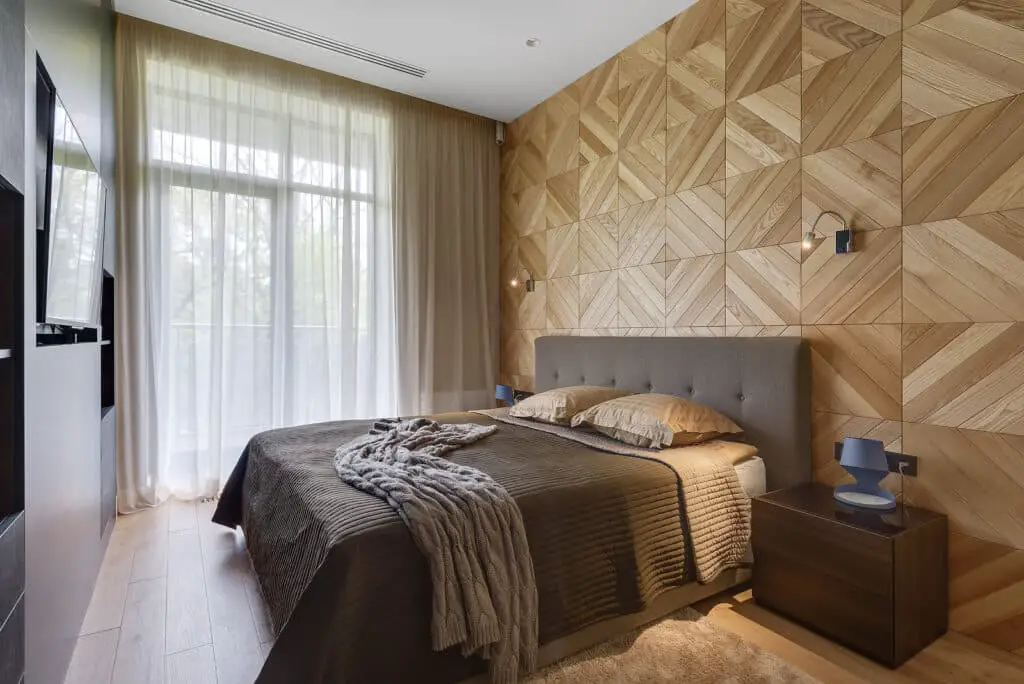
Conclusion
The journey through the realm of decorating with wood panel walls unveils a tapestry of possibilities that seamlessly blend tradition and innovation. As we conclude this guide, it’s evident that these walls are not just surfaces, but canvases that hold the power to evoke emotions, tell stories, and create unforgettable atmospheres.
We’ve investigated how different wood types, coatings, and installation techniques may transcend time, bridging nostalgia and modern elegance with wood panel walls. The interaction of textures, colors, and patterns shows how these walls can be the protagonist and backdrop in design storytelling.
Our experience has shown that decorating with wood panel walls requires talent and sensibility. By knowing your area, lighting, purpose, and desired emotions, you can create an atmosphere that resonates with those who enter.
As you embark on your wood panel wall decorate room endeavor, remember that the journey is as vital as the destination. Embrace experimentation, allow your creativity to flourish, and be open to unexpected twists that can lead to breathtaking results.




